Yanyin Moonlight – Sound
The Moonlight sounds detailed, dynamic, and articulate. It features a fairly balanced sound signature with a slight emphasis on bass. Moonlight’s most impressive side is its technical capability. It is a fast, neat, capable tribrid and we will talk all about it in this section. I have done the tests using Topping’s G5 and also paired the Moonlight with Lavricables’ litz upgrade cable to experiment.
Low
The Moonlight’s 10mm custom bio-diaphragm dynamic driver managed to impress me straight away. The bass reproduction is punchy, textured, and agile, which is a rare and wonderful combination in my opinion. The IEMs can reach deep and low without any distortion. The mid-bass is slightly on the thicker side but it does not mess with the overall sense of space and air, which is really great.
The instruments have an adequate body and feel tonally correct. The Moonlight’s bass response scales very well with source gear, pairing it with an equally capable DAC & AMP results in thunderous bass that is also immensely clean. Overall, the bass reproduction is impressively well-done.
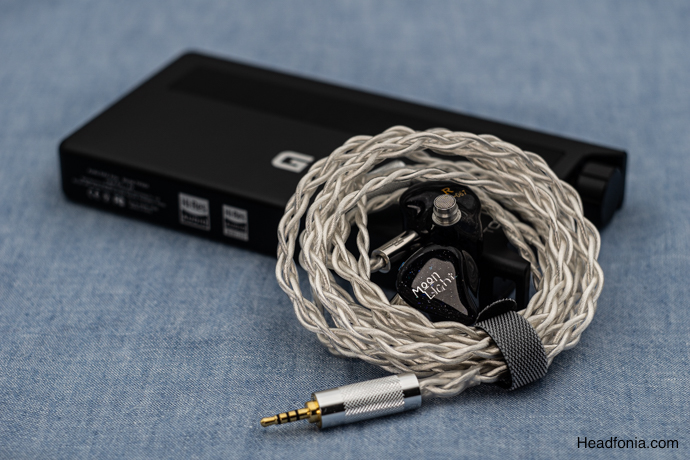
Midrange
The mids of the Moonlight sound dynamic, coherent, and engaging. The Moonlight is very successful at conveying emotion and more importantly, it does not sacrifice resolution and clarity while doing so like many other IEMs on the market. The vocals are clean, and articulate with a good note weight. Habanot Nechama’s “Ever” is a great benchmark, the Moonlight’s presentation feels balanced with all ranges having a clean, detailed, and dynamic output.
The tonality of the instruments feels accurate, and the imaging and stereo separation is wonderful. The tonality of the guitar sounds very realistic, neutral, and natural. The upper midrange is delightfully tuned, it is not sharp or overly energetic. It carries a great amount of detail and extension while staying out of sibilance. Upper mids are resolving, clean and natural. Hi-hats do not feel brittle, etched, or strident. The Moonlight is very impressive, but it definitely needs a proper source despite its 8-ohm sensitivity value.
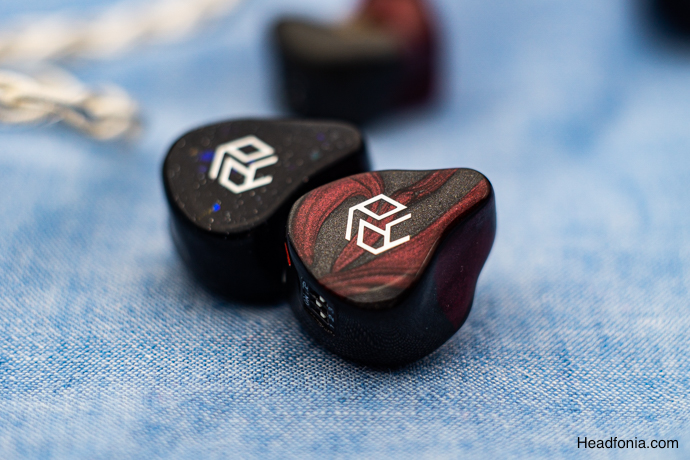
Treble
The EST drivers do a great job of reproducing detailed, articulate, and clean treble. The extension and the resolution are very impressive. The treble is not forward or recessed, rather well-positioned. The attack & decay feels fast and snappy with plenty of micro-details.
The drivers can touch the top octave without sounding harsh or overly energetic. The ESTs boost the overall sense of space and airiness. The Moonlight has excellent control over all regions, the treble travels and disperses without sounding harsh or overly bright. The Moonlight feels open like a starry sky.
Technical Capability
Tribrids are usually quite capable monitors if implemented right. The Moonlight features excellent control over the spectrum and it offers a fairly balanced tonality. The Moonlight’s PRaT is really good, the unit handles congestion-prone passages with multiple instruments with ease. It layers the instruments well, and the separation and the airiness of the presentation are quite enjoyable.
The Moonlight does not have a huge soundstage. It has a medium-sized stage with good depth. The imaging is quite good so it doesn’t make you itch for more. The Moonlight positions the instruments accurately and neatly, rendering a coherent image for the user. Very nice.
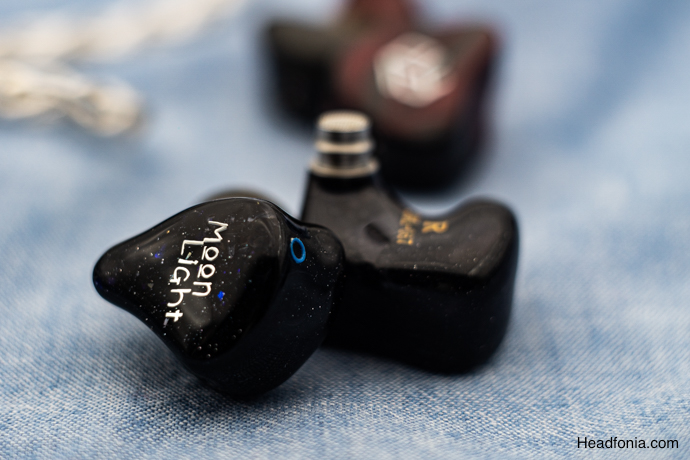
Comparisons
Yanyin Canon ($349 USD)
The Canon is another very good IEM. The review will soon be here on Headfonia. The Canon is their entry to mid-tier offering that features a customizable SQ via switches on the shell. The Canon features 4BA + 1DD configuration on each side and comes with a complete package. It also features a great bordeaux-grey swirl design that we haven’t seen many examples of.
Sound-wise, the Canon sounds more linear. You lose the depth and the immersion/musicality of the Moonlight but instead, you get more energetic upper midrange and treble regions. Both have more presence on the stage compared to Moonlight. Resolution-wise, the Moonlight gets the cake, it feels more refined and technically superior, however, the Canon puts up a great fight at half the price and if the Moonlight is out of your budget’s range, I definitely recommend you to take a look at the Canon.
Shozy Magma ($499 USD)
The Magma is a quad-driver IEM that utilizes tribrid technology. It has 2EST, 1DD, and 1BA drivers in its compact shell. Let’s see how it fares against the Moonlight. Firstly, build-wise, both of the IEMs feel durable and well-built. The Moonlight offers a much better, much richer accessory package compared to Magma’s simple box with limited accessories. The Magma is smaller and lighter than the Moonlight.
Sound-wise, the Moonlight feels much more dynamic, engaging, and musical. The Moonlight texture is liquid and transparent. The Magma feels drier, thinner in comparison. The biggest difference between the two monitors is Moonlight’s technical prowess. The Moonlight feels quicker, tighter, and more articulate with a faster attack & decay. Additionally, the Magma projects the stage farther away from the listener whereas the Moonlight renders it more realistically.
Moondrop Variations ($520 USD)
Moondrop’s tribrid, Variations is another very good IEM. The Variations feature 1DD+2BA+2EST drivers on each side and comes with a complete package also. The accessories include a brilliant cable, replacement filters, and a great set of tips along with a chic carrying case. It also features a unique, frosted shell design that I adore.
Sound-wise, Variations’ strong suit is its expansive stage. The Moonlight can’t compete in terms of stage width and sense of air but the Moonlight feels much faster, especially on the lower end of the spectrum. The Variations are not nearly as good as the Moonlight when it comes to handling congestion and complex passages. The midrange of the Moonlight also feels more vivid, realistic, and natural compared to thinner Variations.
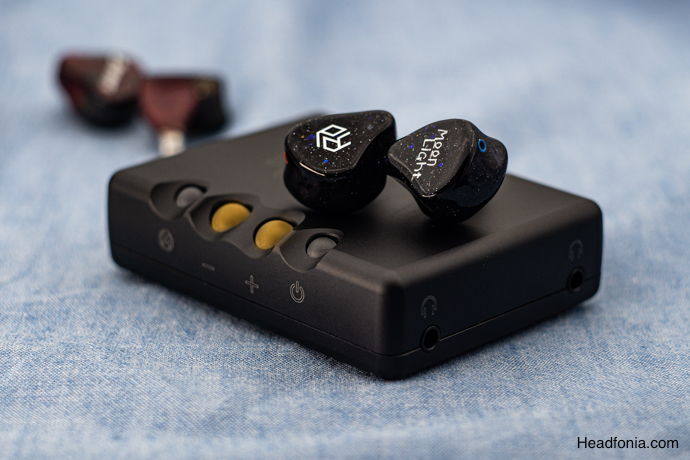
Last Words
The Moonlight is a musical and detailed tribrid IEM that managed to impress me with its technical prowess and resolving delivery. I would like to congratulate Yanyin on its successful product line-up. The material quality and the grade of craftsmanship are impressive and Yanyin entered my radar nice and quick.
If you are after a tribrid that is capable, detailed, and musical at the same time, be sure to try the Moonlight as it might be the droid you are looking for.

Page 1: Yanyin, Moonlight, Packaging & Accessories, Design, Build & Fit
Page 2: Sound, Low, Mid, High, Technical Capability, Comparisons, Last Words





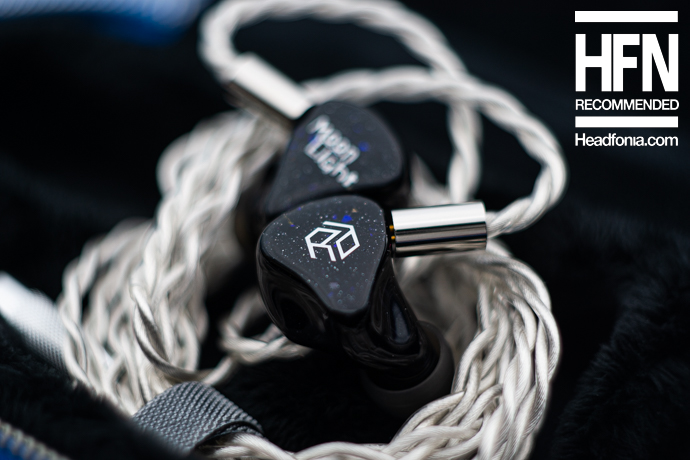
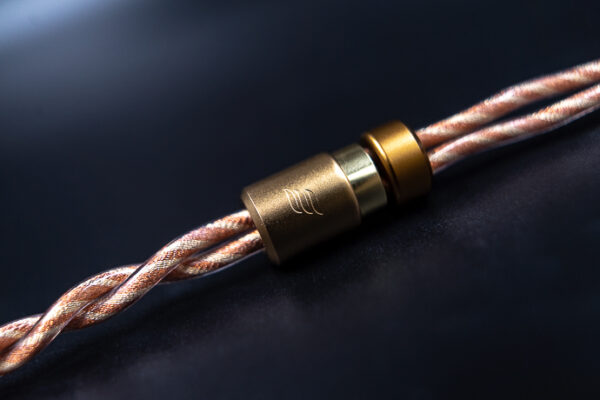
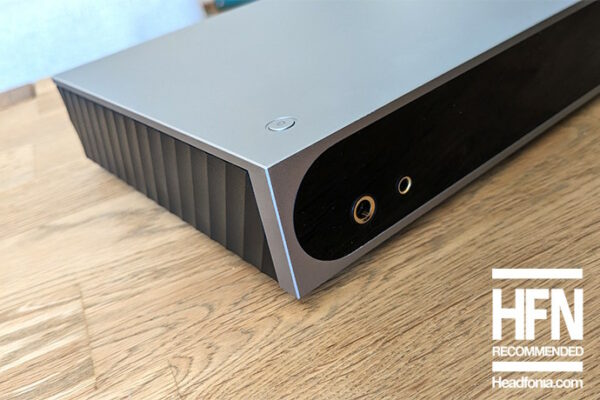
Slava
Thanks for your review!
Could you please recommend me the best upgrade cable for Moonlight?
Thanks again!
Yagiz
Hello Slava!
The best upgrade cable is a hard question. It requires a bit more background info about your gear, genres etc.
Price-to-performance wise: Lavricables Master Line IEM Upgrade Cable – better resolution, more spacious & airy than stock
Alternative: PW Audio No.5 – major upgrade to bass tightness, faster transient response, feels more dynamic across the spectrum
Alternative: DHC Symbiote Fusion – all-rounder cable, good for boosting technical capability while retaining the default signature
Note that if you have a bad source device, there is no point in upgrading the cables. I recommend getting a Topping G5 or Chord Mojo 2. If you go the Mojo 2 route, you’ll have the option to fine tune the IEMs using the FPGA’s PEQ.
Have a wonderful week Slava!